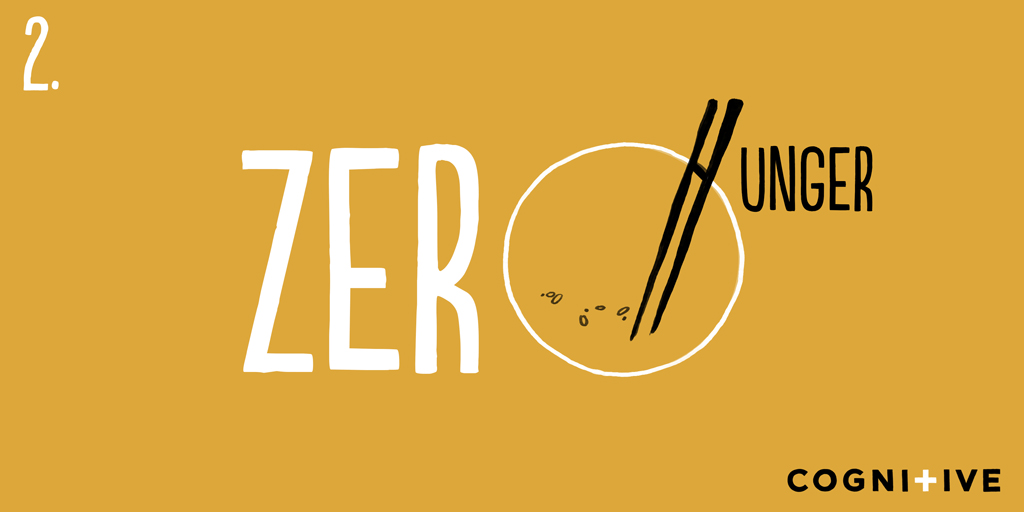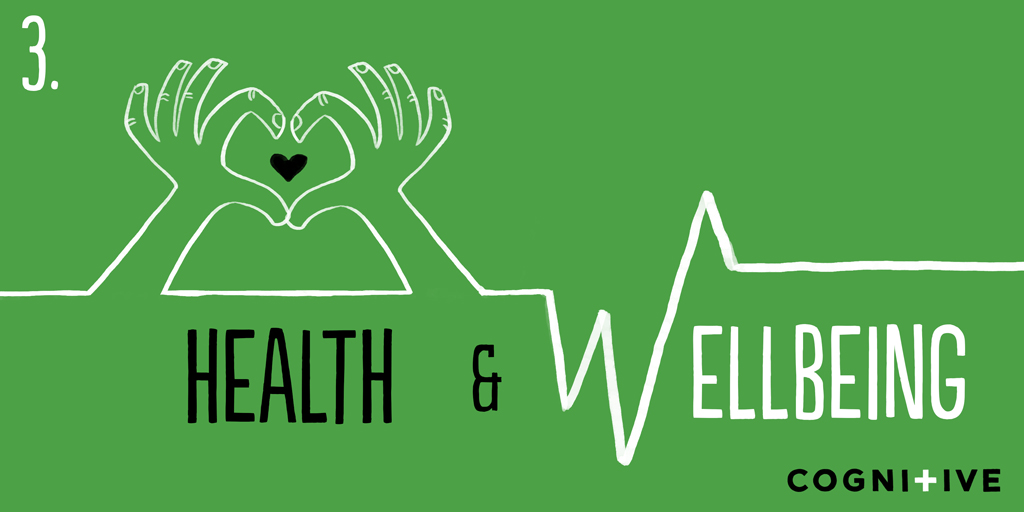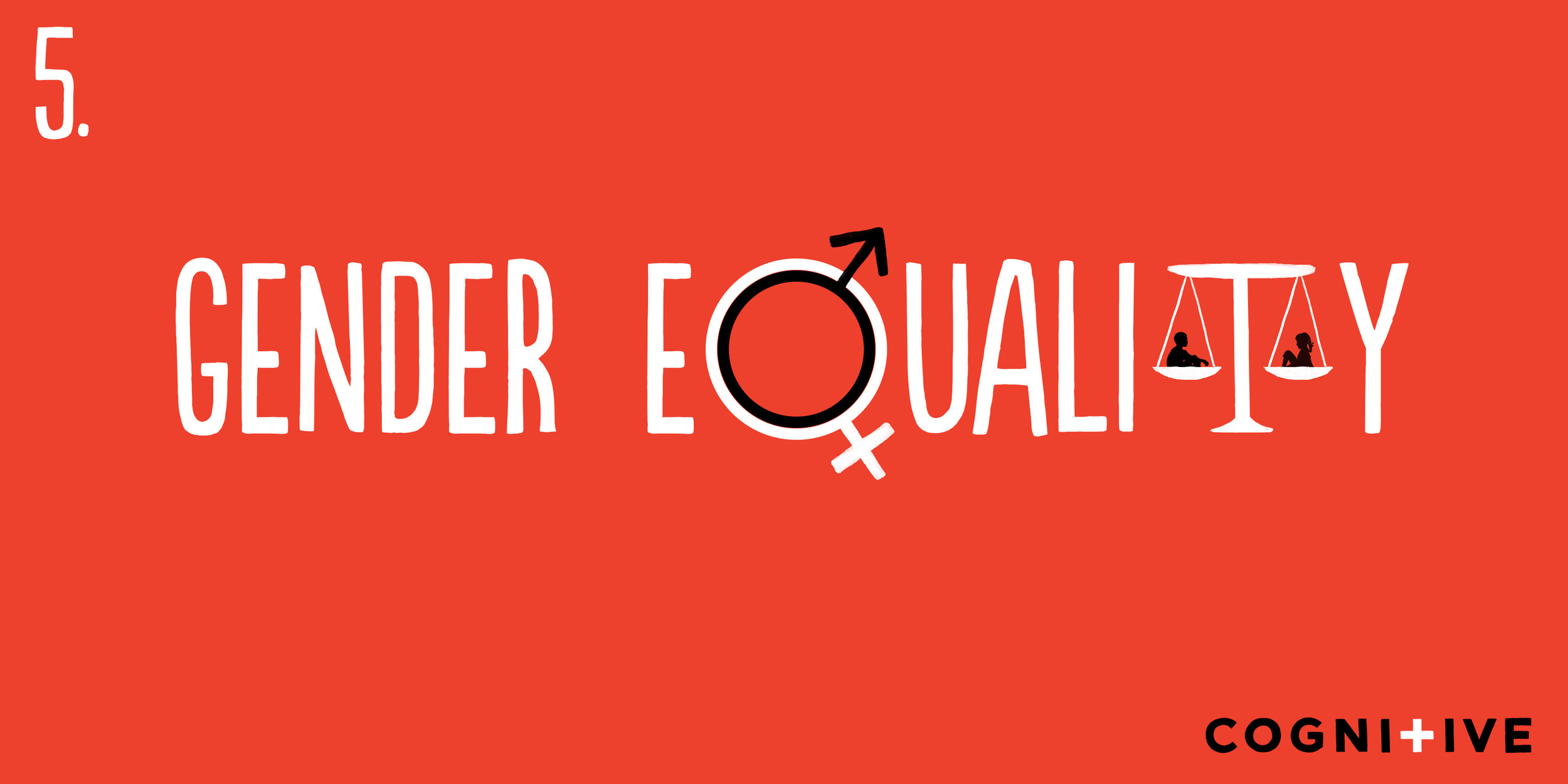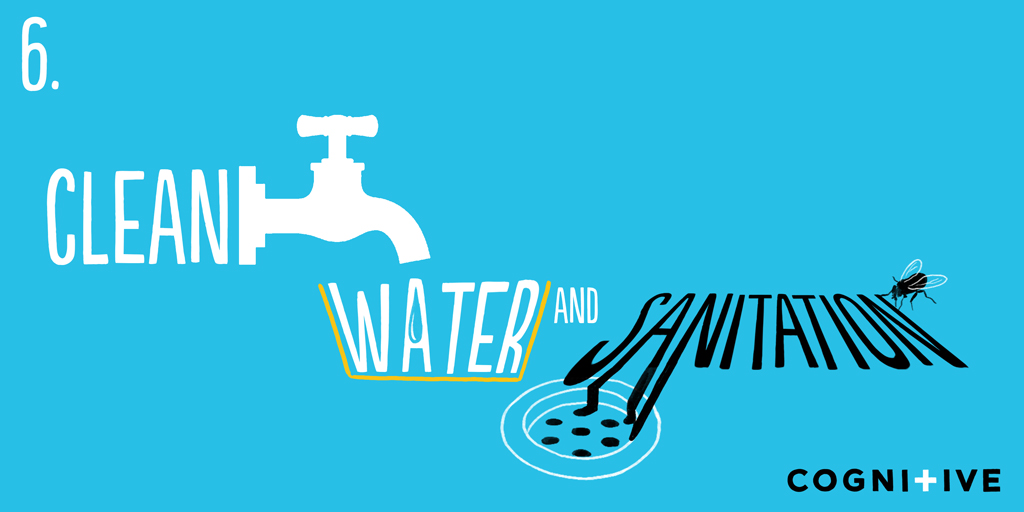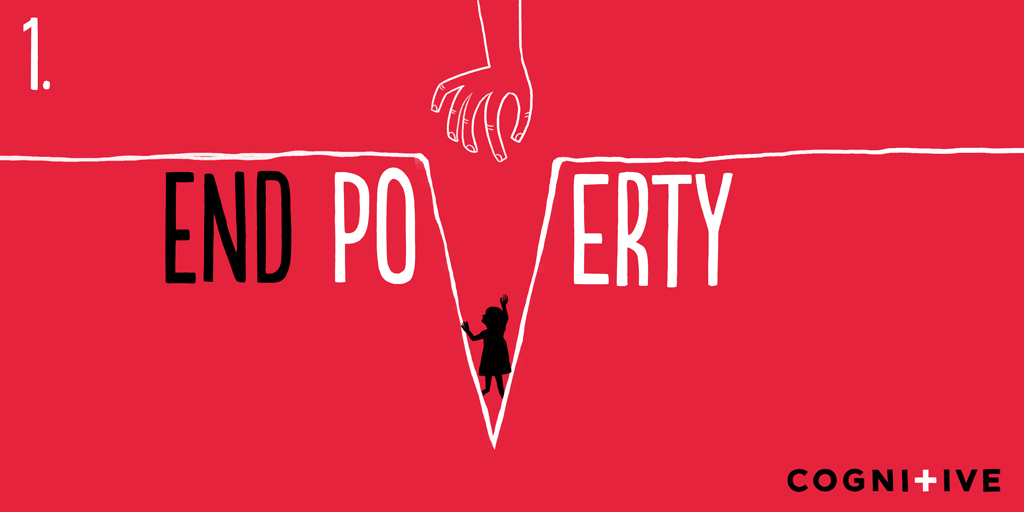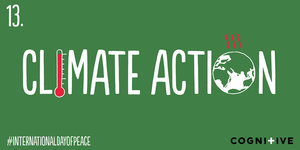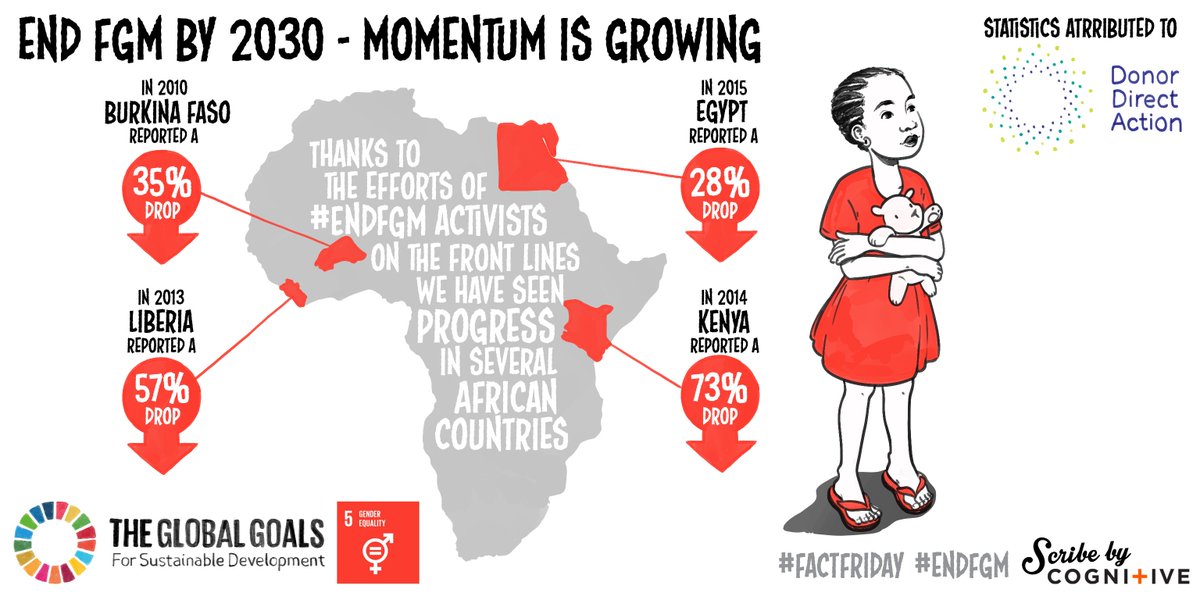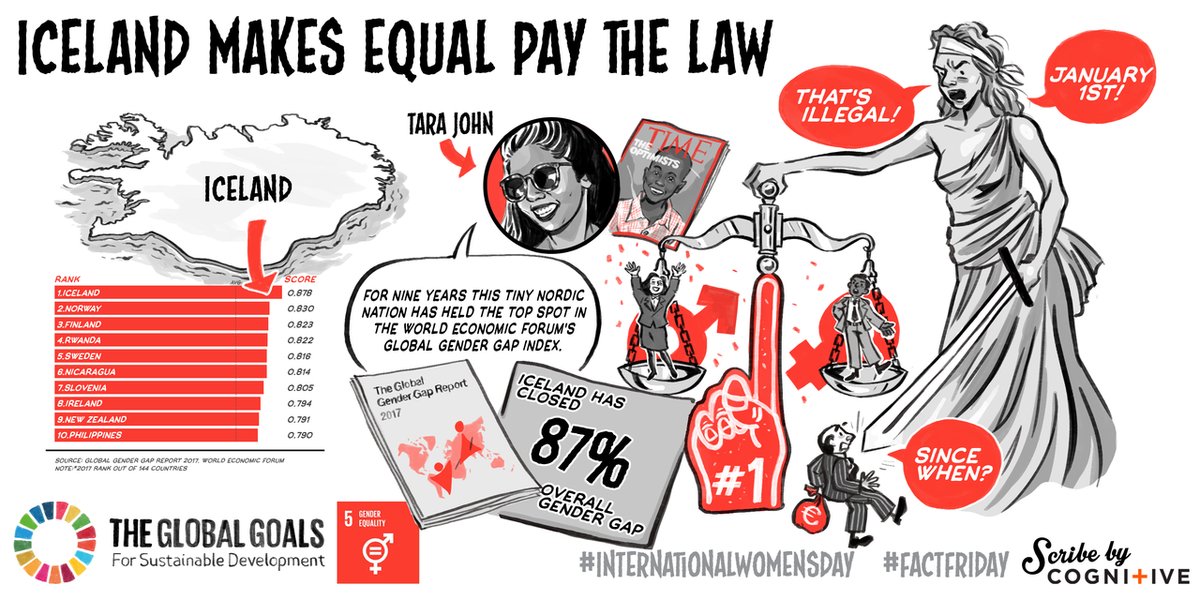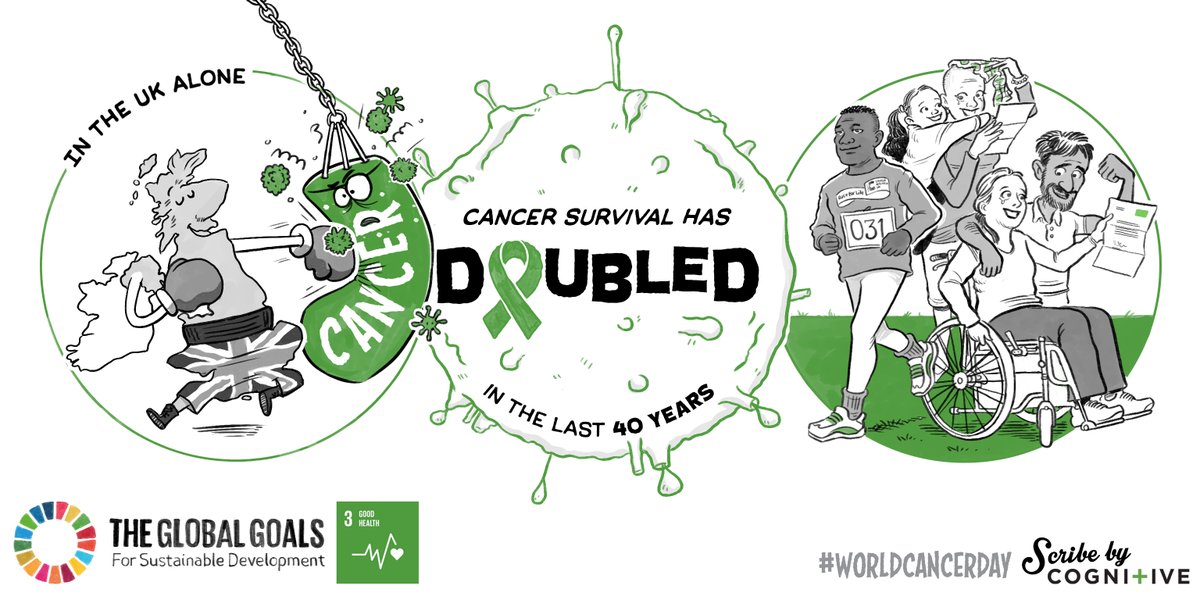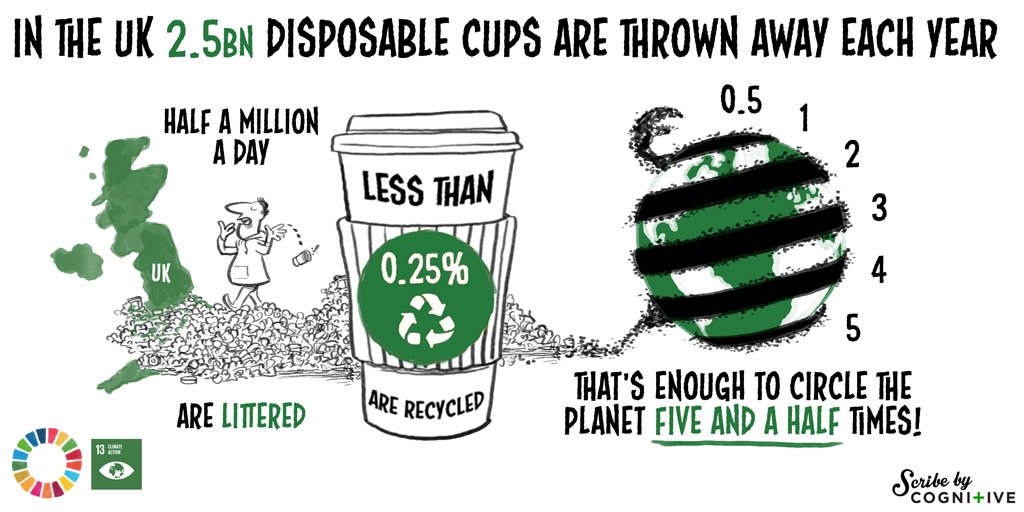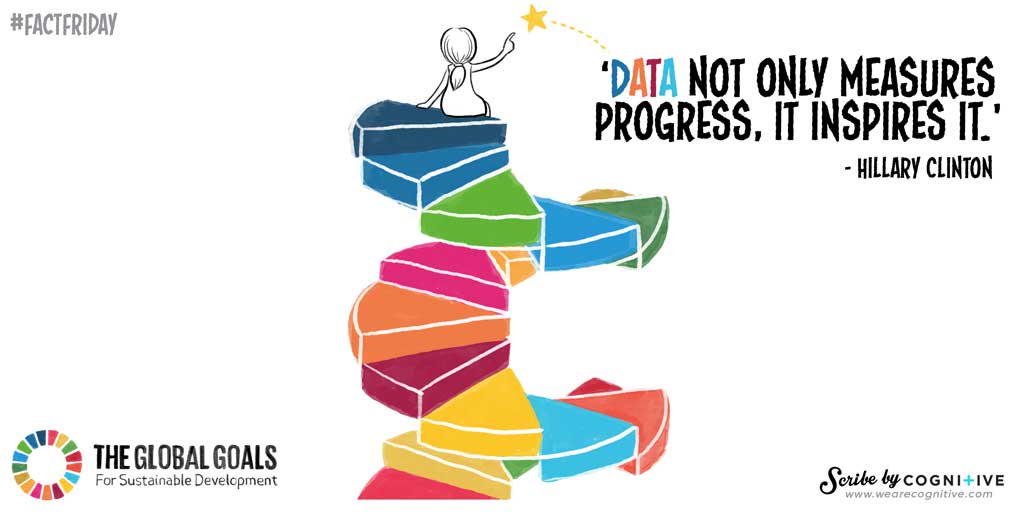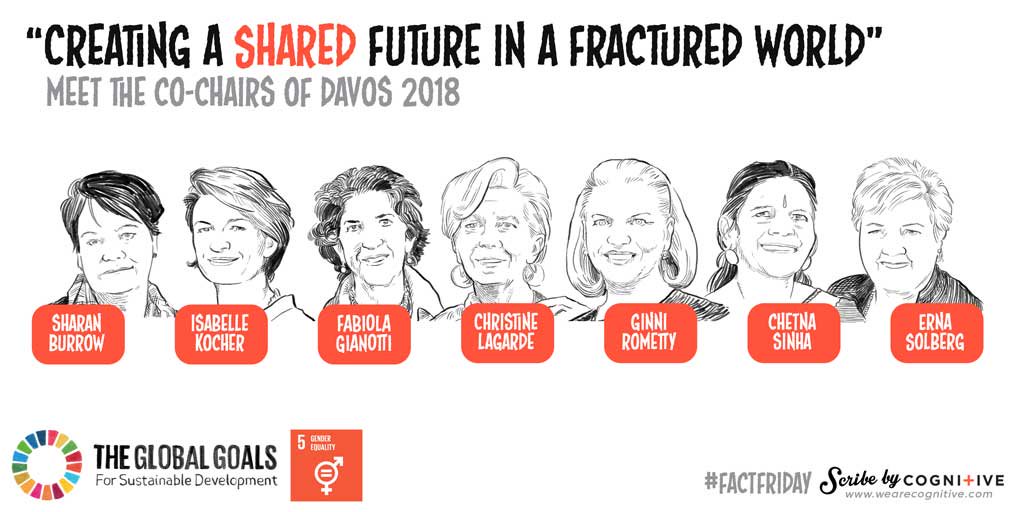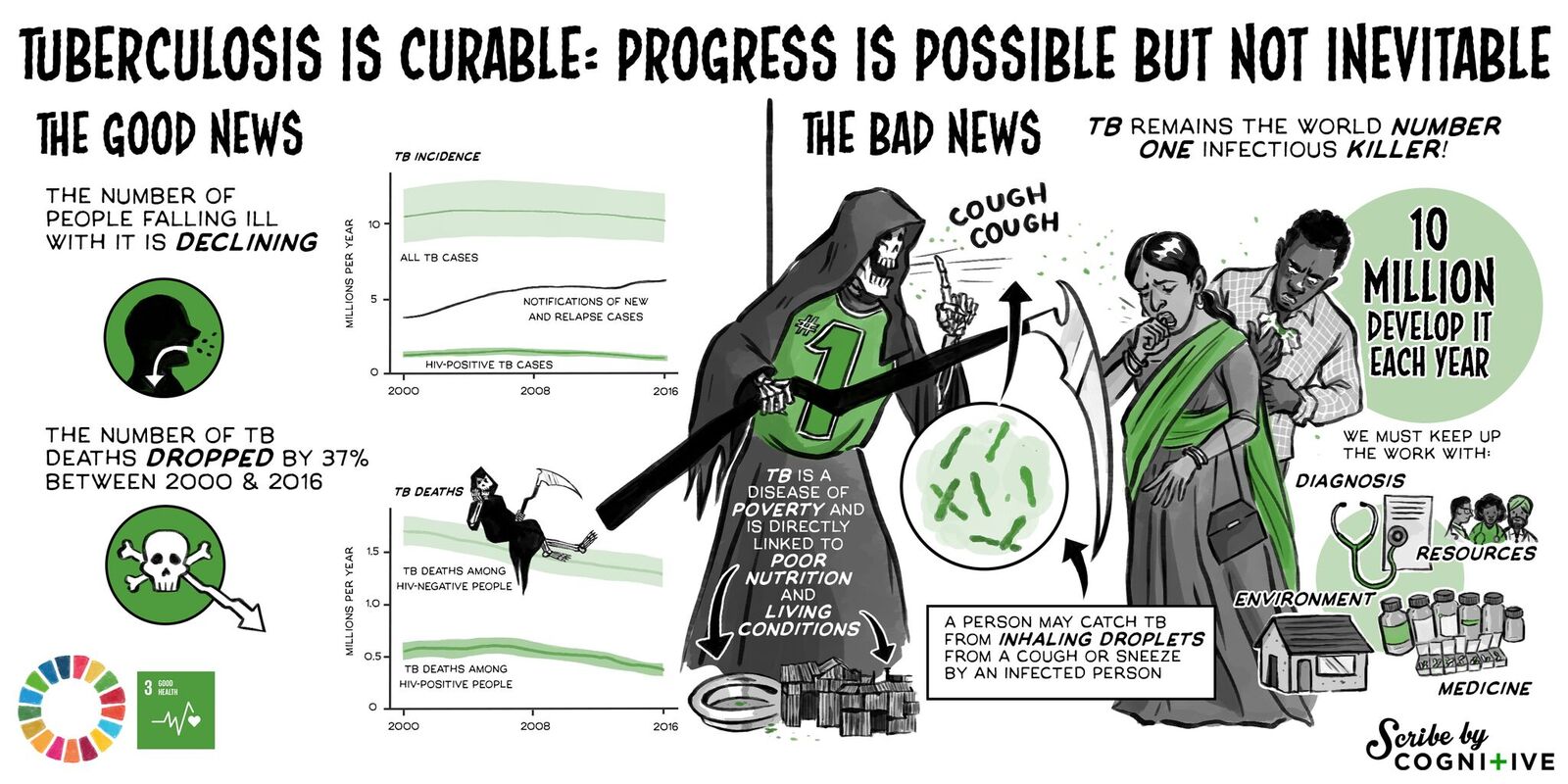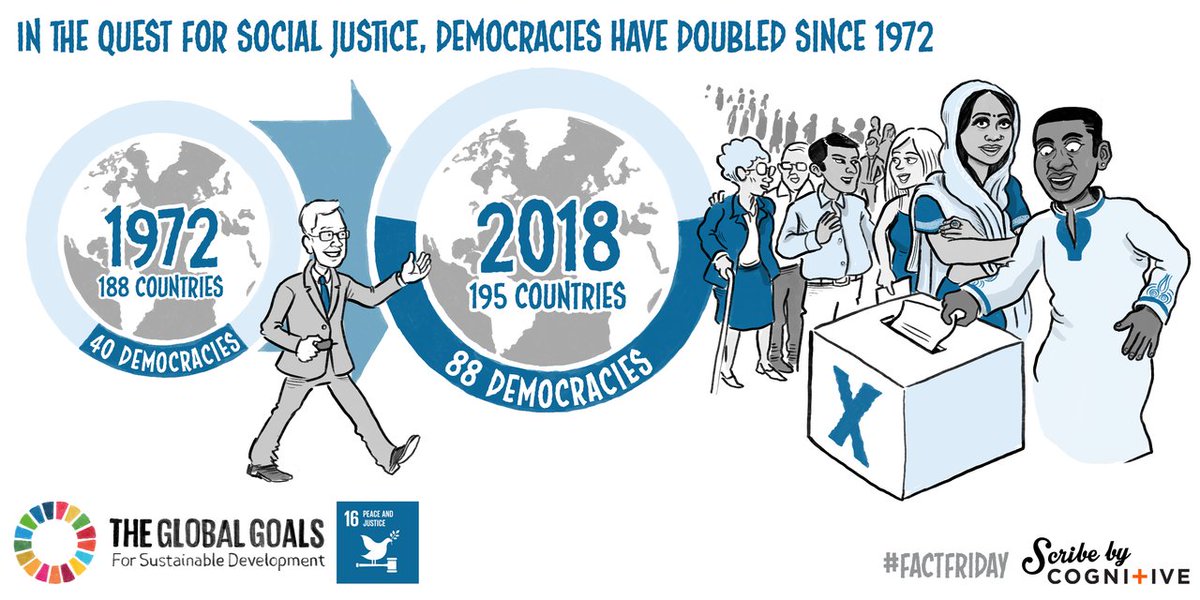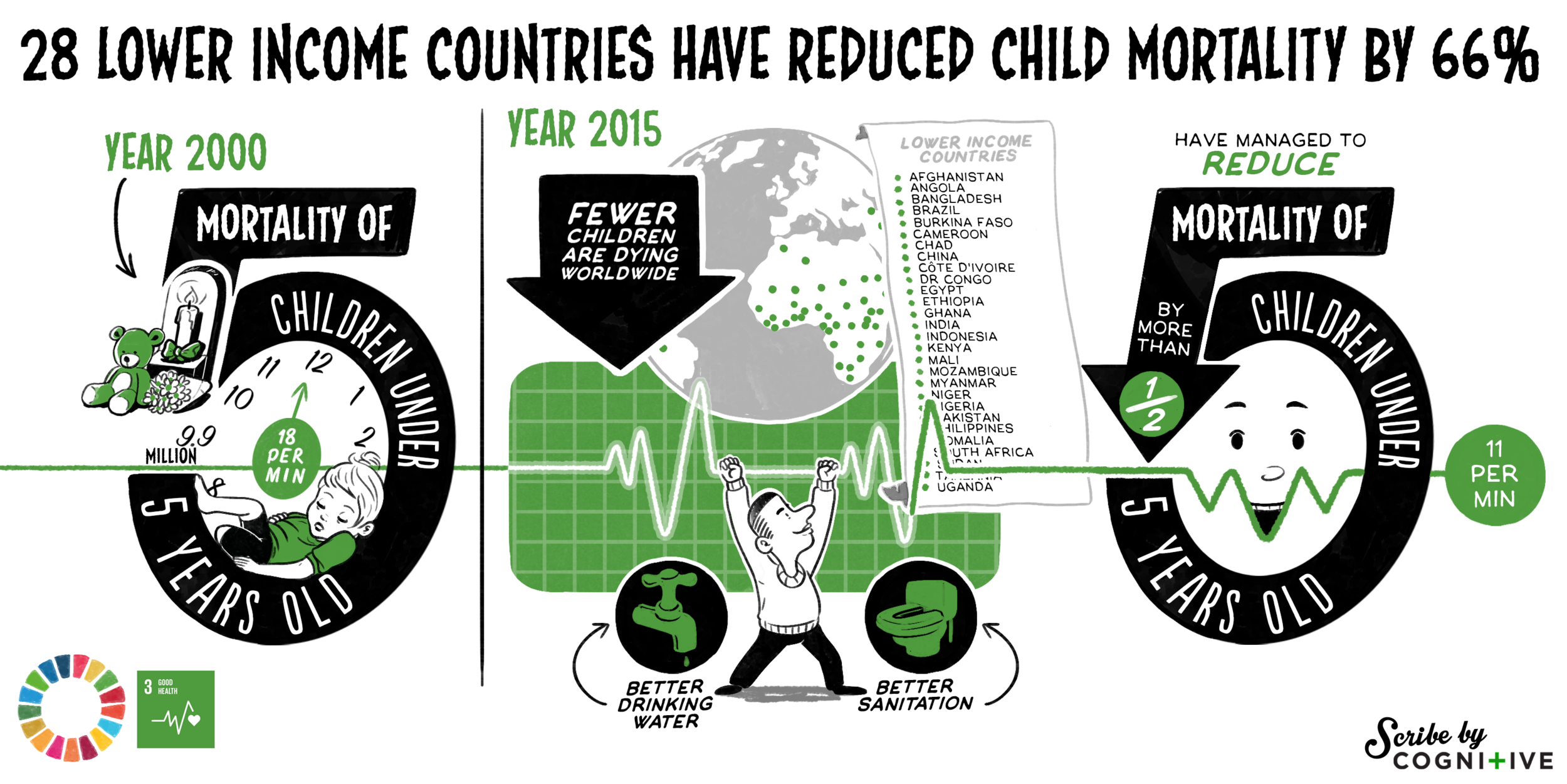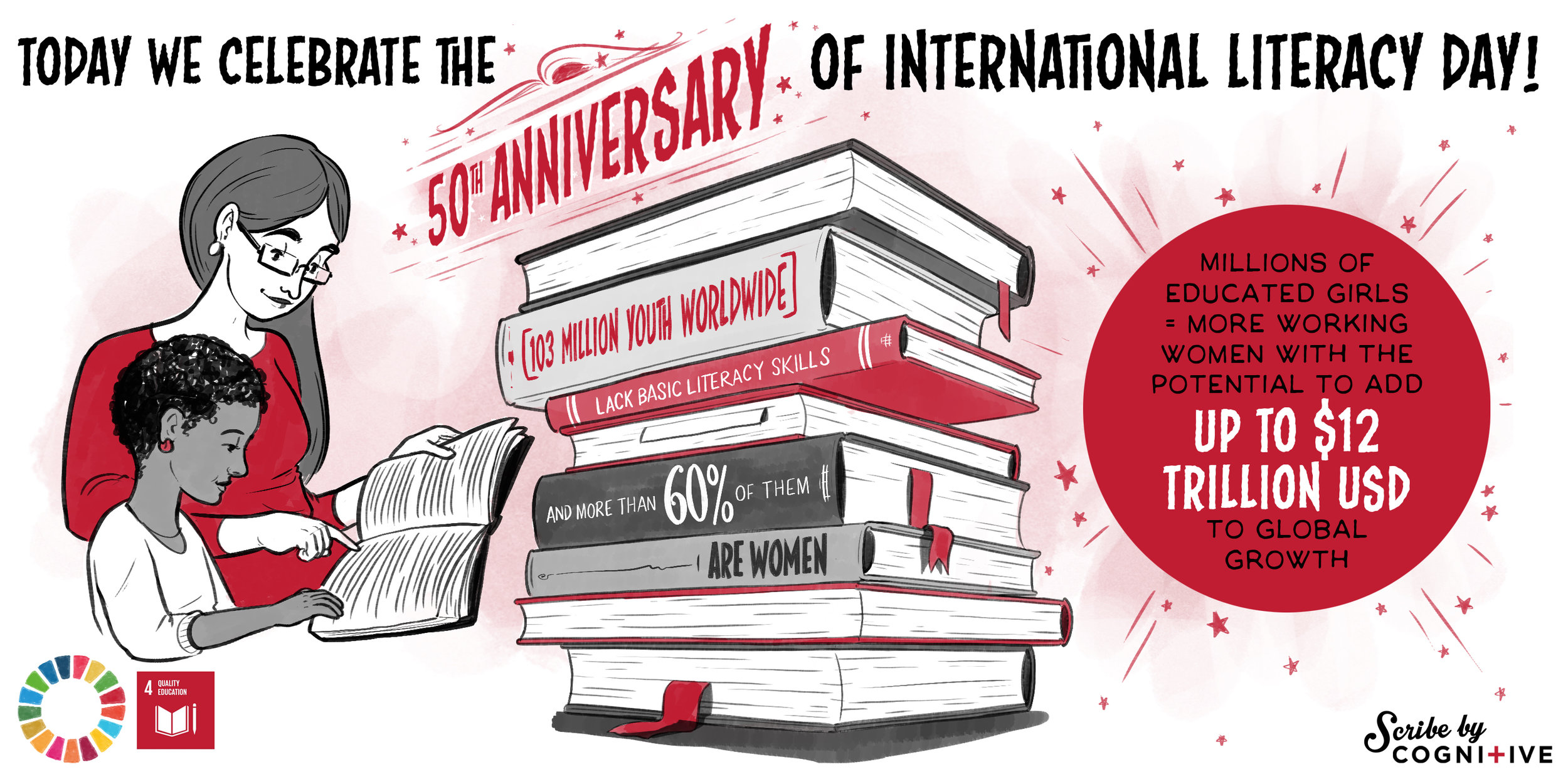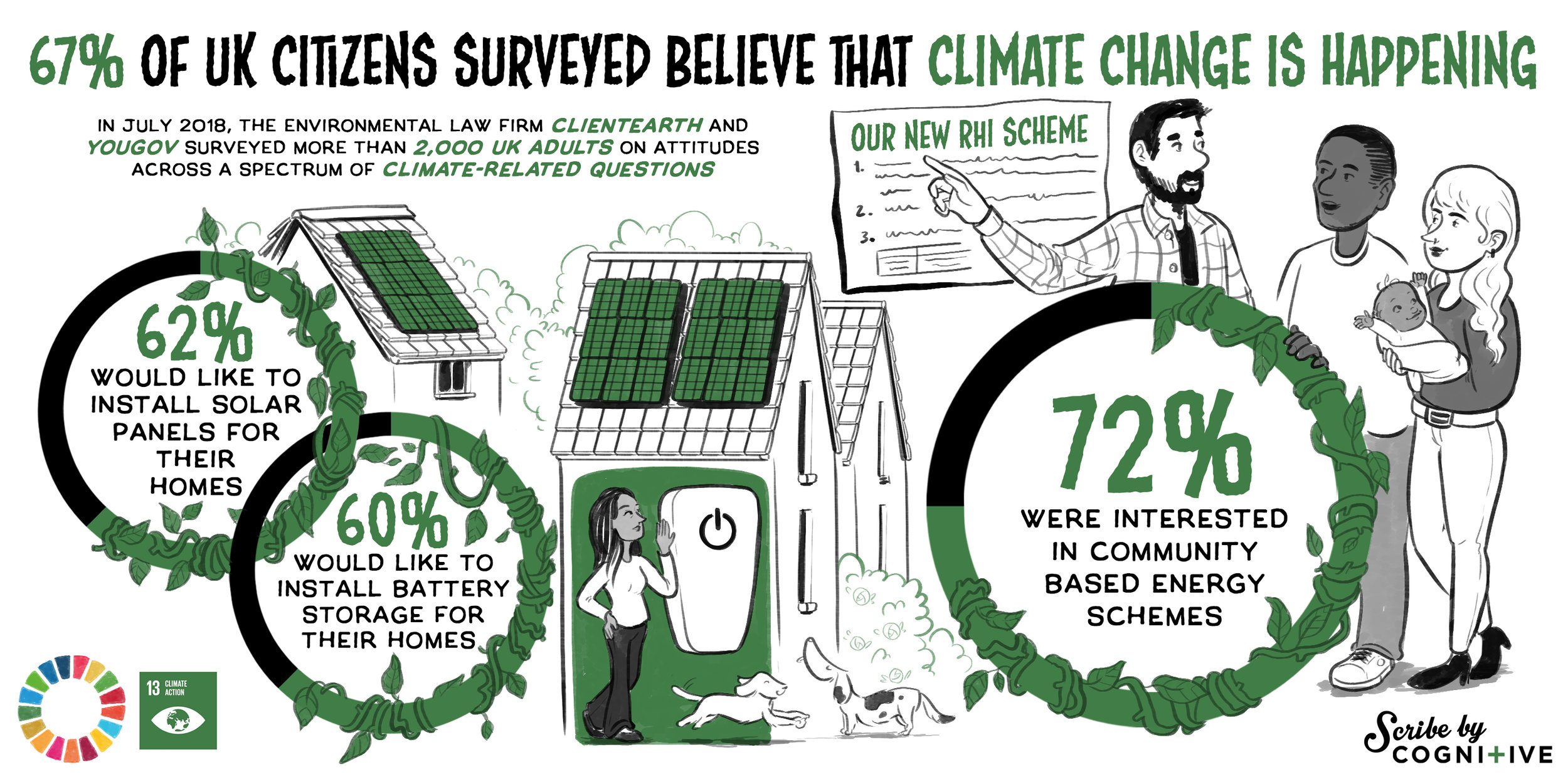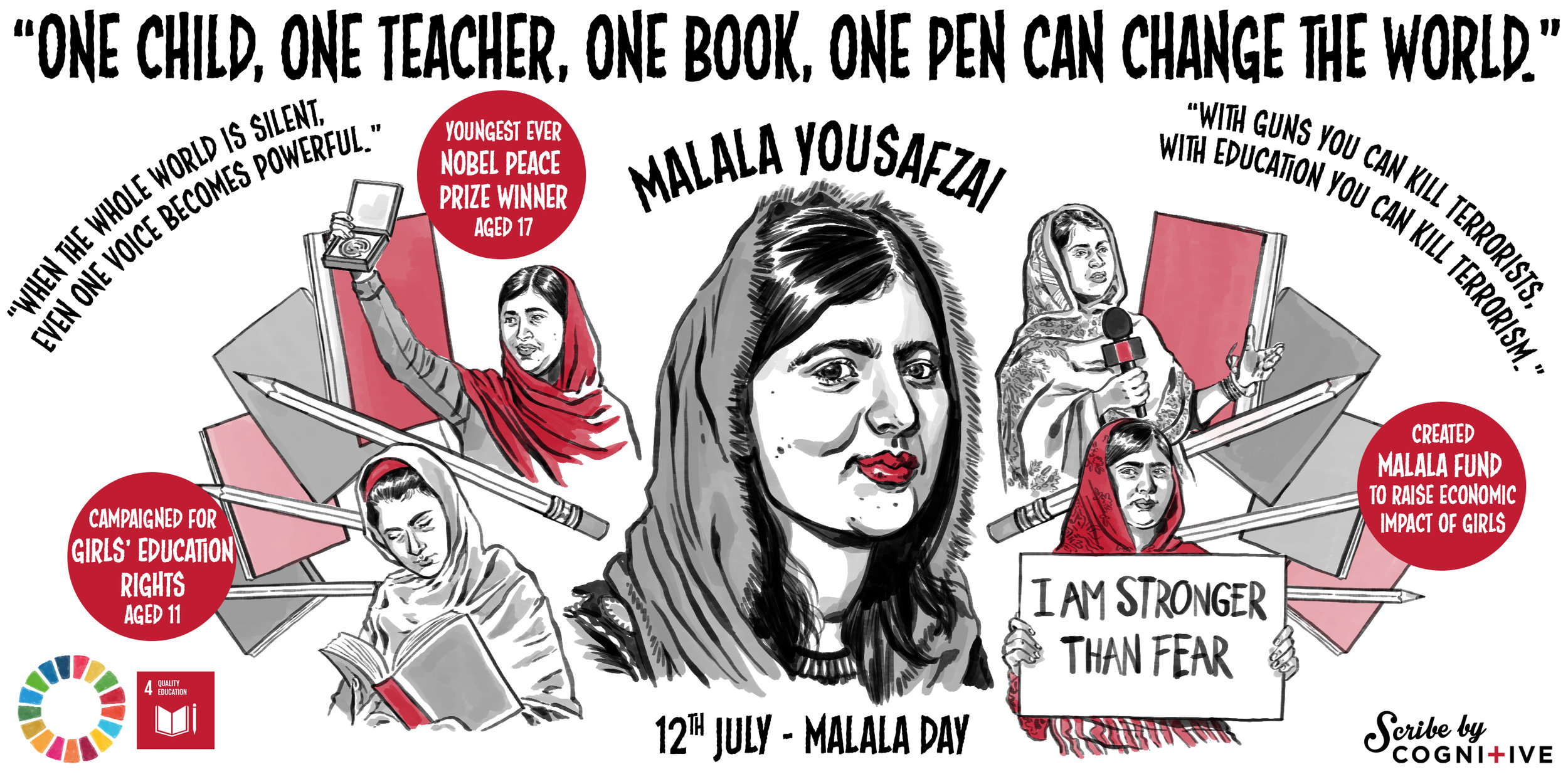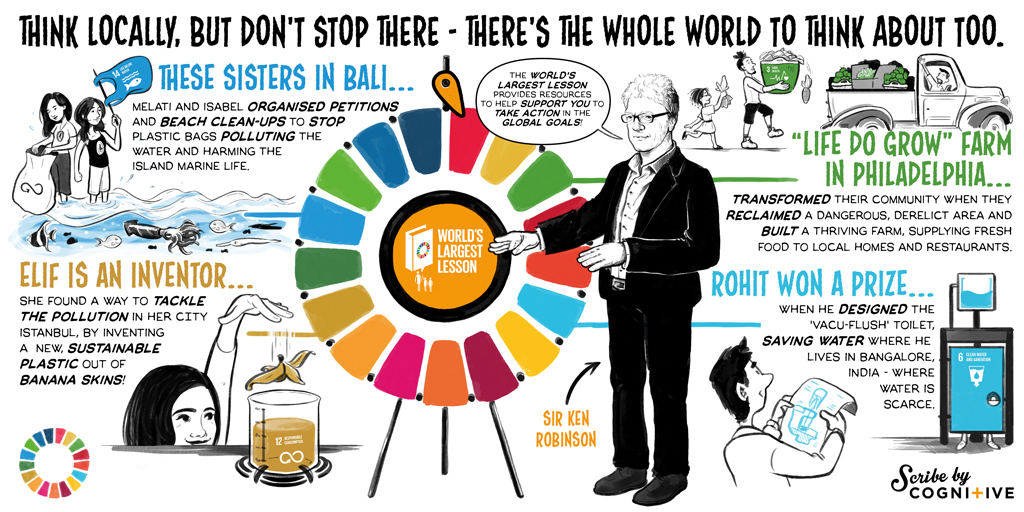There are 17 Global Sustainable Development Goals set by the United Nations in 2015
Back in 25 September 2015 the United Nations adopted 17 United Nations Sustainable Development Goals (UNSDG's) to end extreme poverty and build a better world by 2030. The goals cover a complete range of basic rights and topics and they include Ending Poverty, Gender Equality, and Action on Climate Change.
Project Everyone, which is not for profit company set up by film-maker Richard Curtis, use The Global Goals social media platforms to reach out to a global audience to try and make the UNSDG's, and the progress being made, more widely known. Currently @TheGlobalGoals have over 390,000 followers across 3 different social media channels.
The aim of The Global Goals project is to create positive messages around the work being done globally to make progress on the goals with the 2030 end date in sight.
They wanted these facts and (potentially dull) progress updates to be made interesting and engaging for their followers across the main social platforms and they were looking for someone who could make some visually enticing infographics that were more likely to be widely shared. Enter Cognitive!
We have always been interested in the UNSDG's since we re-designed some of their logos in the past (see below) - so we were delighted to be asked by Project Everyone to help them in their mission. Having worked with the Bill and Melinda Gates Foundation on their 'Vaccines Saves Lives' programme the UNSDG's are a cause close to Cognitive hearts and we got ready to super-charge some facts!
In January, Bill Gates wrote in Time Magazine on the importance of maintaining a positive message around the Global Goals and he also said:
'On the whole, the world is getting better. This is not some naively optimistic view; it’s backed by data. Look at the number of children who die before their fifth birthday. Since 1990, that figure has been cut in half. That means 122 million children have been saved in a quarter- century, and countless families have been spared the heartbreak of losing a child. And that’s just one measure. In 1990, more than a third of the global population lived in extreme poverty; today only about a tenth do. A century ago, it was legal to be gay in about 20 countries; today it’s legal in over 100 countries... And so on' (Time Magazine Vol 191.2018)
Bill Gates article in Time Magazine in January 2018 highlighted the fact the global extreme poverty is substantially shrinking
So in our quest to make the new #FactFriday campaign upbeat and meaningful we work very closely with the Project Everyone team to make sure that the facts presented are backed up by the latest research, and are news-worthy, positive, engaging, well-designed and visually arresting - even if sometimes we are dealing with difficult topics.
Featuring Millicent Fawcett holding up Goal 5: Gender Equality, the FactFriday image for 23 Feb 2018 received the highest reach of any image on Instagram in the campaign so far!
One of the most successful images we made for the campaign so far really seemed to strike a chord (shown above). It was highlighting Goal 5: Gender equality and we timed it for Suffragette month in the UK in February. The image showed how many female MP's there are in Rwanda compared to the UK. But as it was Suffragette month we used the figure of Millicent Fawcett to hold up the Goal 5: balance of 'gender equality' scales. The image was posted across Twitter, Facebook, and a version was put on Instagram and was liked by thousands of people - making it the highest ranking post of the whole @TheGlobalGoals Instagram campaign!
Paddy Delaney from Project Everyone said:
'The over-riding theme of The Global Goals messaging is one of positivity.
We want the viewers and followers across our social media accounts to feel engaged and enlivened by the positive actions and measures that are being taken around the world to address the goals aims. The news is full of negative stories about how bad the world is, but this story is only partially true! Lots of progress is being made in many key areas.
We don't want to browbeat the audience with negative facts because we want to show that more progress is being made than they think! In fact, as Bill Gates said in his recent article in the The Times Magazine, many of the goals are achievable by 2030! We work with Cognitive because they have a track record of being able to present data and facts in an appealing and immediately engaging way..and their work with us often has a massive reach'
Paddy Delaney from Project Everyone
Georgia Alford from Project Everyone
Georgia Alford from Project Everyone said:
'It is really important for us that all of the work, as well as being well-designed, is factually accurate.
We want to reach as wide an audience as possible; so in order to broaden our potential reach we plan a few months ahead around what we feel will be newsworthy at the time.
For example, we planned #FactFriday social around the World Economic Forum in Davos in January highlighting that for the first time they had an all female panel of co-chairs. With the images that Cognitive create, we are then able to be slightly ahead of the curve, and sometimes we have a massive leap in our reach just with one image that can be seen, understood and shared instantly by thousands of people'
In the space of one image we are able to illustrate the who, what, when, where and why and make the fact immediately understandable to a viewer that may know nothing about this topic. We have supercharged the facts supplied and used our visual thinking to create shareable and likeable images that sum up the campaign and its goals.
They say that pictures paint a thousand words and in our work with The Global Goals we think we are proving this to be true!
If you have a campaign that you would like 'super-charged' then do contact us on 01303 253 693.
Below are some of the other images from the #FactFriday Campaign


